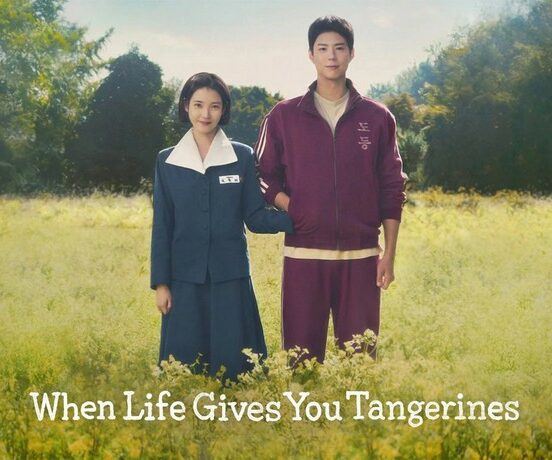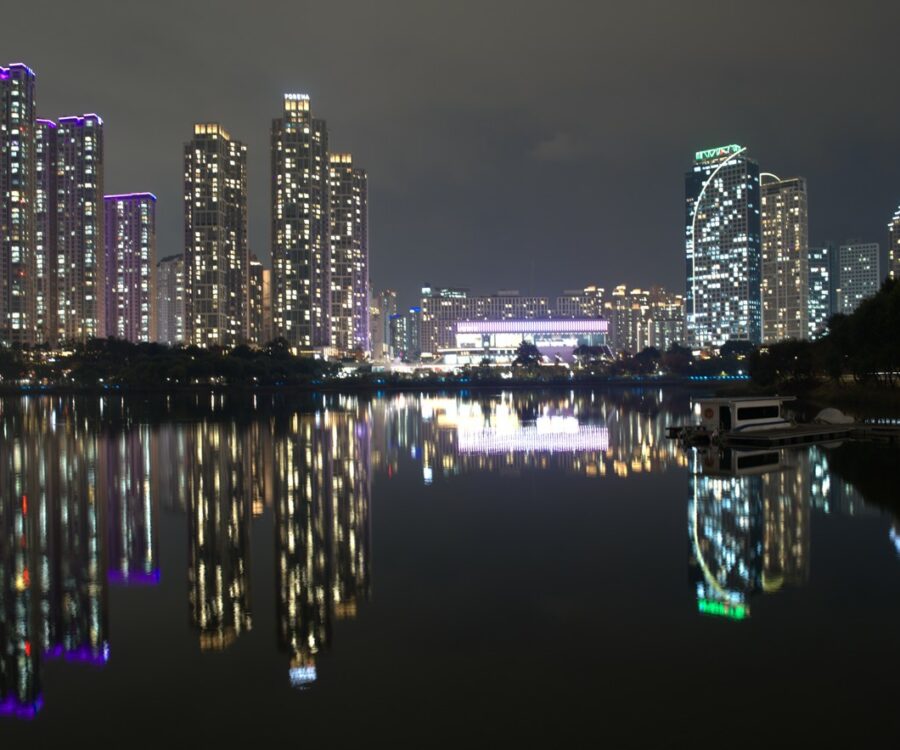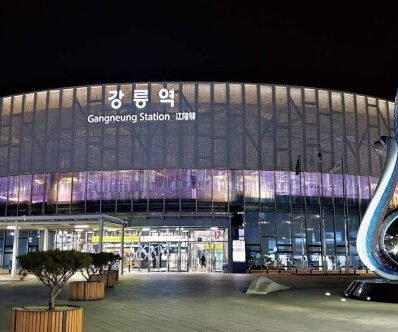Earlier in April of this year, Interesting Korea collaborated with Seongju County to recruit ten foreign content creators to explore this lesser-known region that is not commonly visited by most tourists. We were pleasantly surprised by how much Seongju has to offer. Visitors can not only catch a glimpse of ancient historical sites but also immerse themselves in Korean culture by taking in the beautiful sights of hanoks and the charms of the Korean countryside. This makes Seongju the perfect destination for history and outdoor activity enthusiasts.
Placenta Chambers of King Sejong’s sons
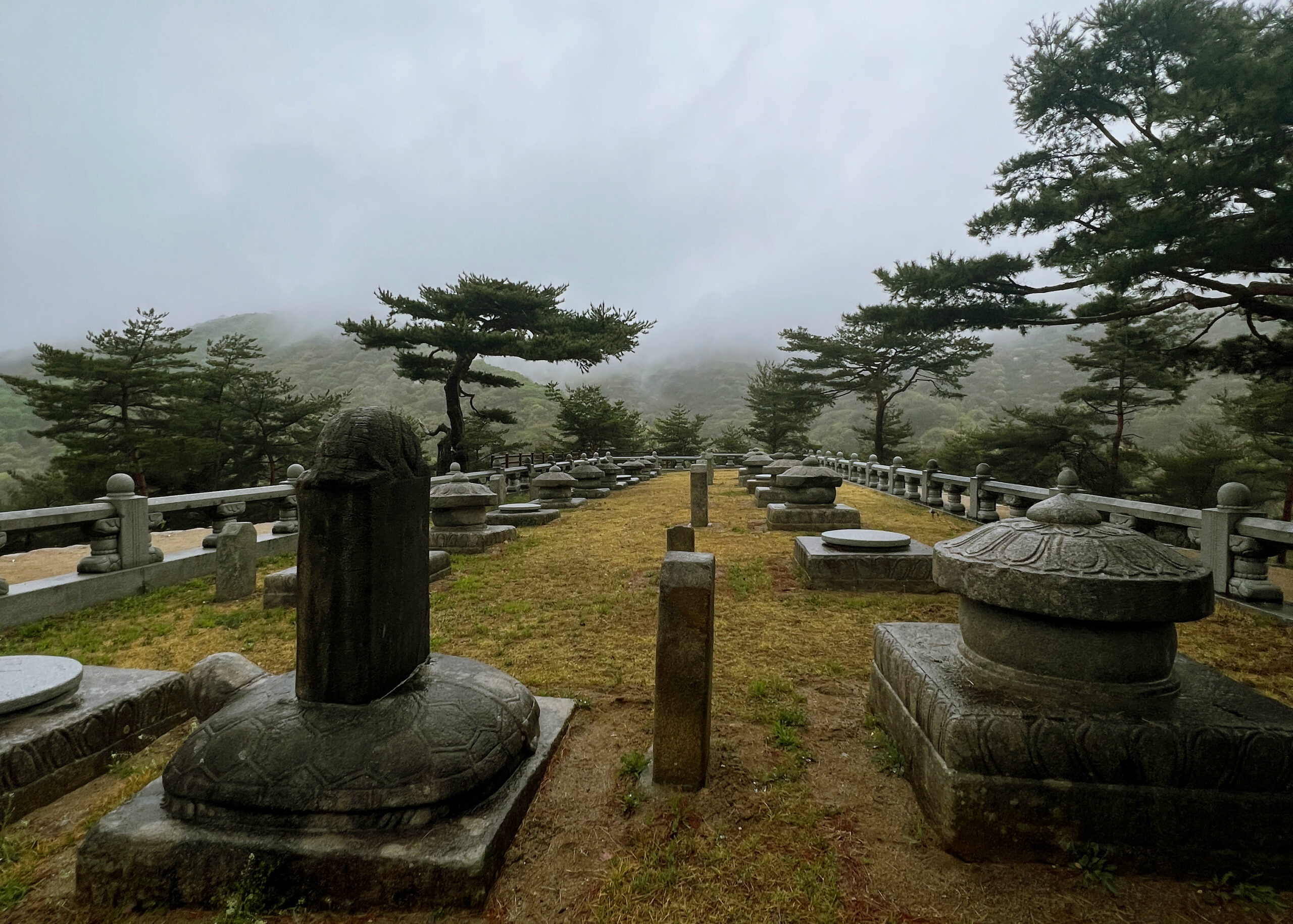
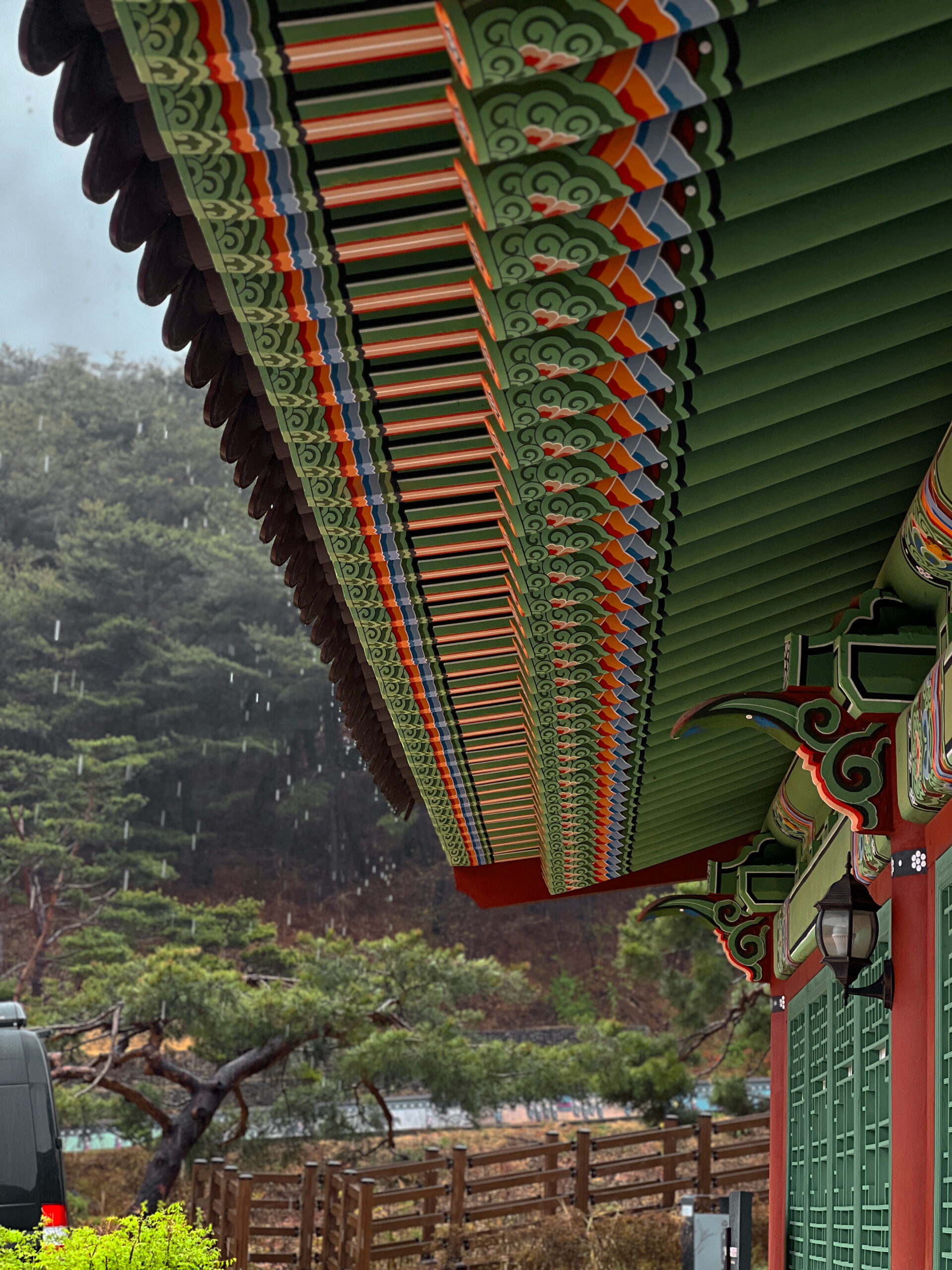
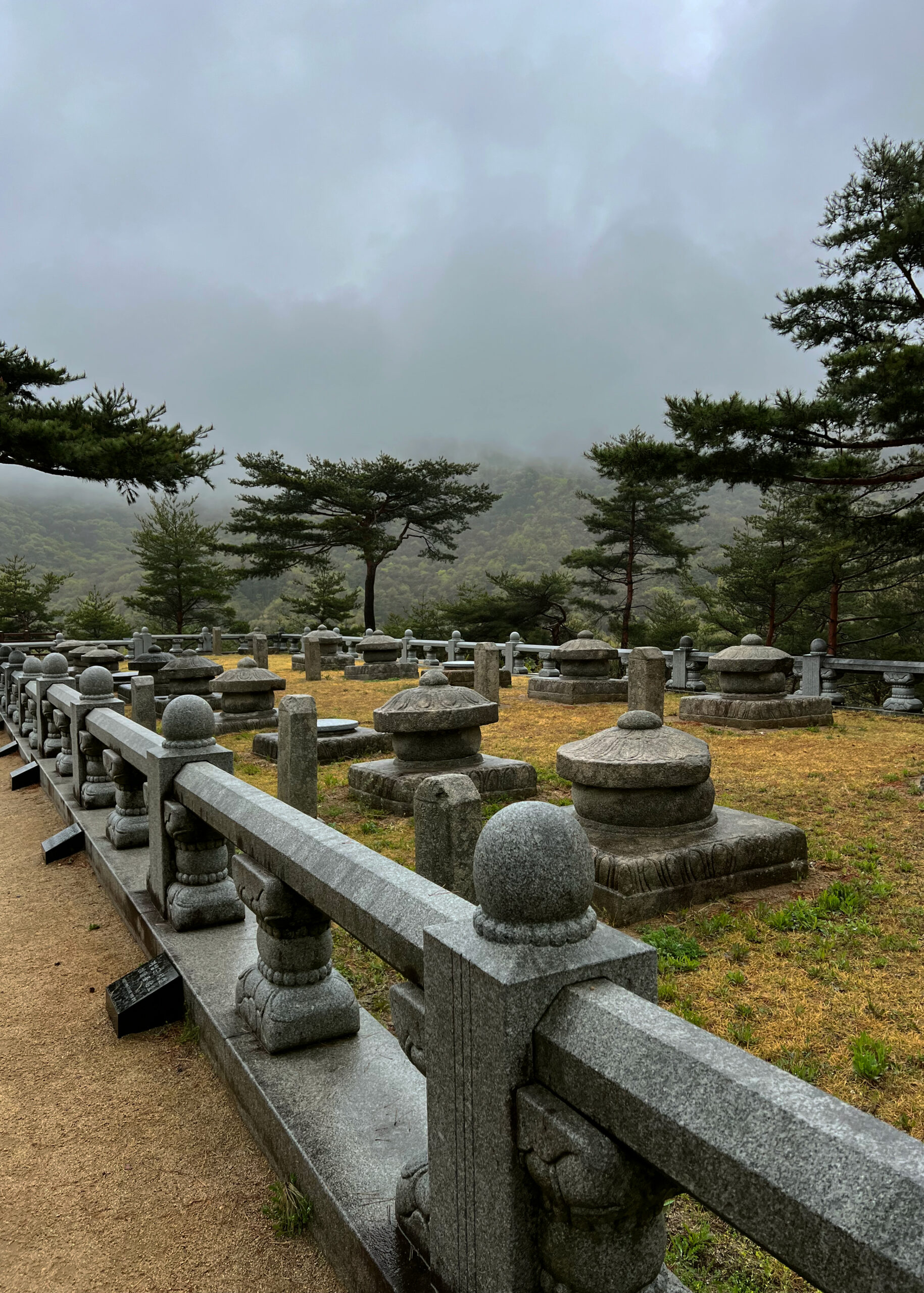
This unique historical site is situated on Taebong peak, just below Seonseoksan Mountain in Wolhang-myeon, Seongju-gun.
The chambers were constructed between 1438 and 1442 and were used to store the placenta of King Sejong’s 18 sons and grandson. Today, 14 of the original 19 chambers remain intact and offer a glimpse into the architectural styles of the early Joseon Dynasty.
It’s also worth noting that this site is the only place in Korea where the placenta chambers of royal princes remain intact, making it a truly unique attraction. Plus, the views from Taebong peak are breathtaking, offering a stunning panoramic view of the surrounding mountains and valleys. During repairs in 1977, several relics were discovered at the site, including a buncheong bowl with a stamped design and matching lid, a flat-bottomed jar, and a memorial stone. These artifacts provide a fascinating glimpse into the daily life of the royal family during the Joseon Dynasty.
Address: San 8, Inchon-ri, Wolhang-myeon, Seongju-gun, Gyeongsangbuk-do
Hangae Village
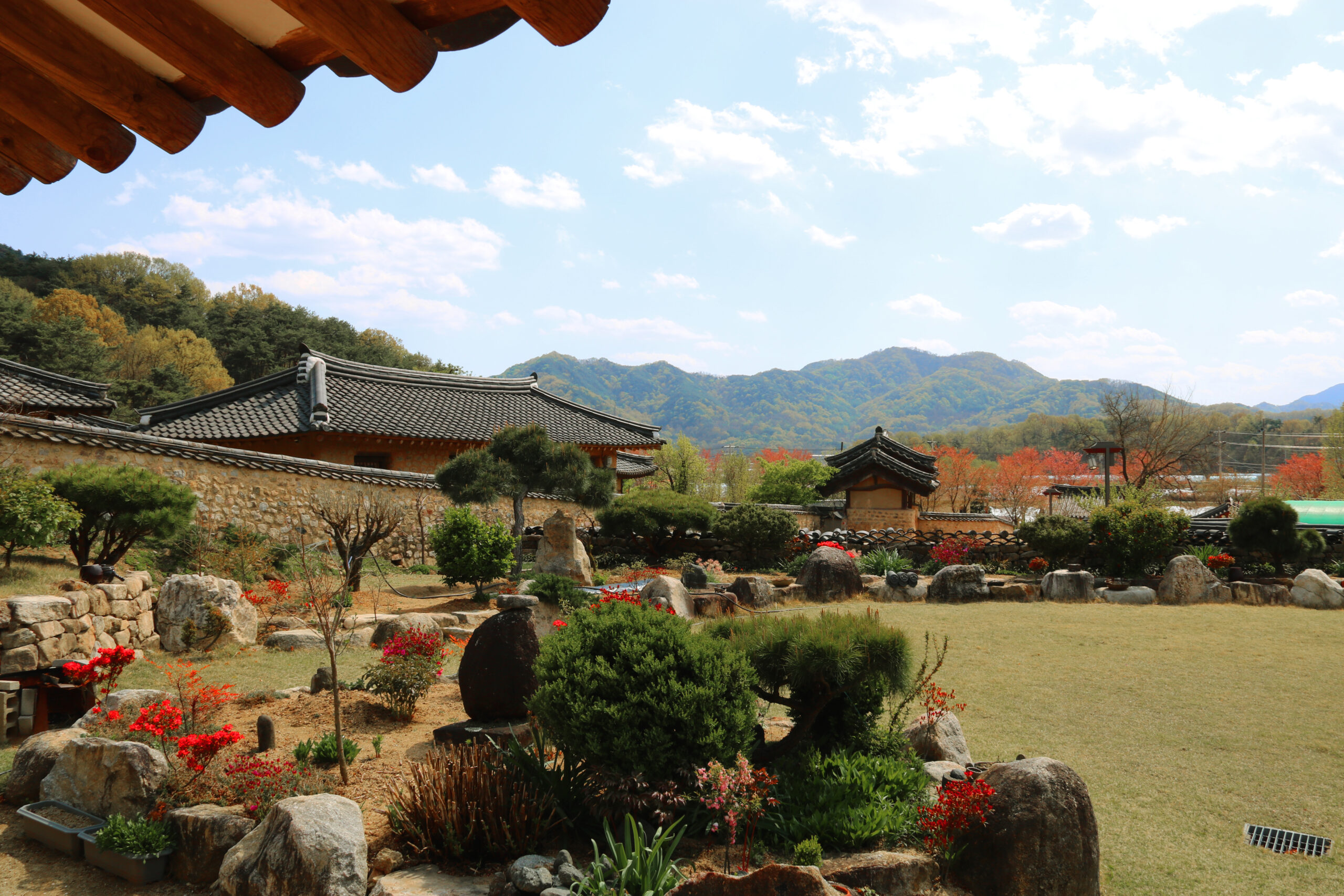
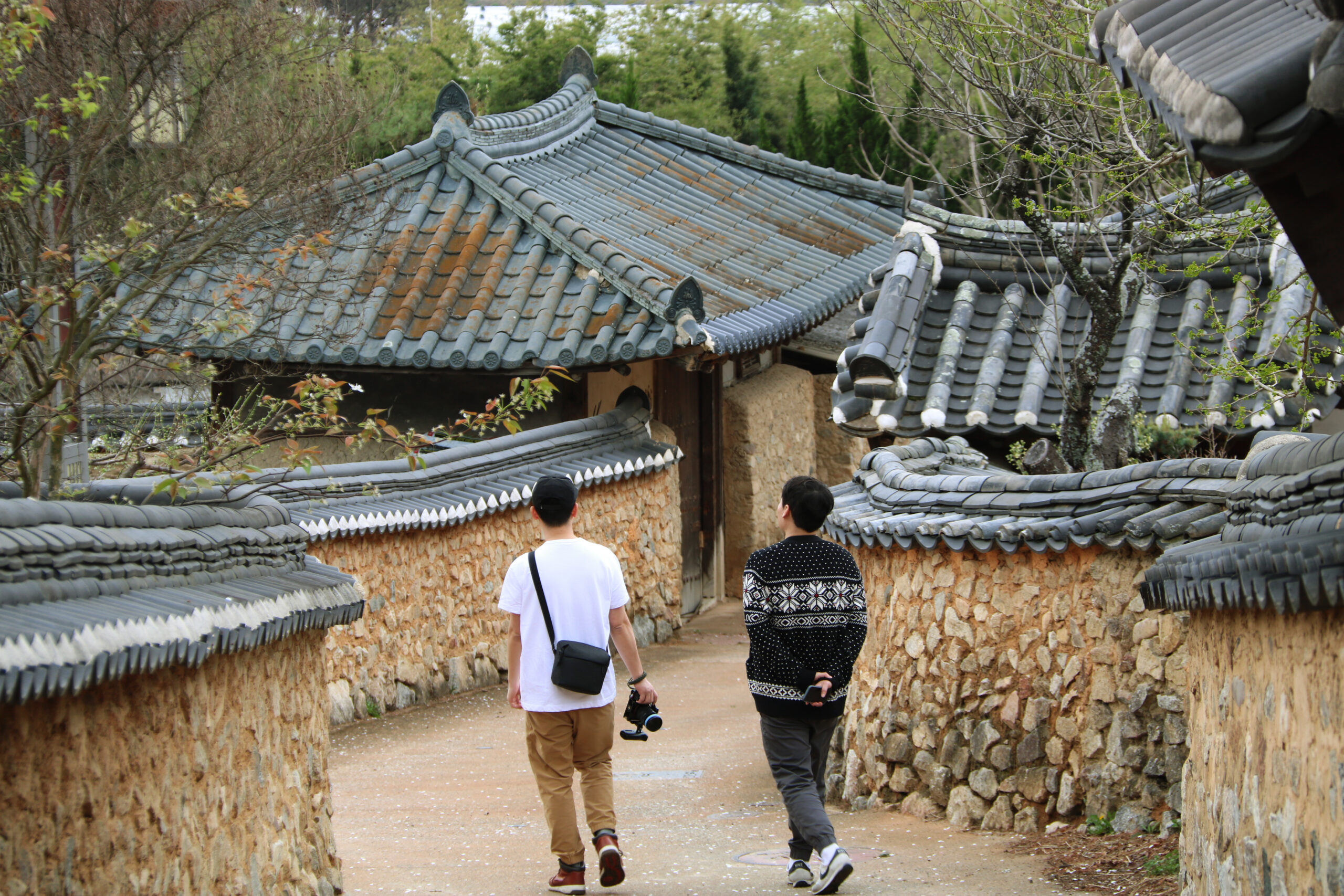

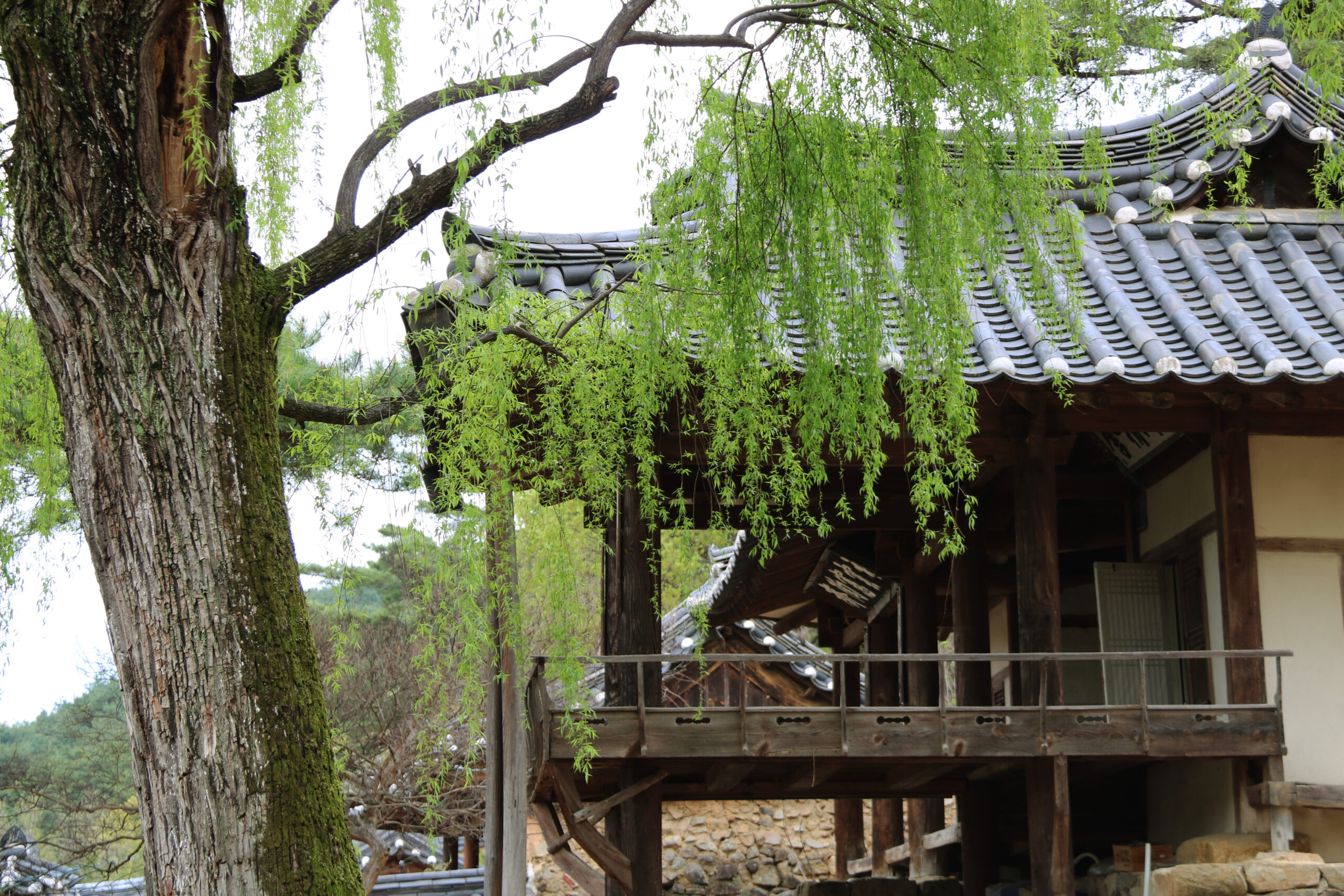
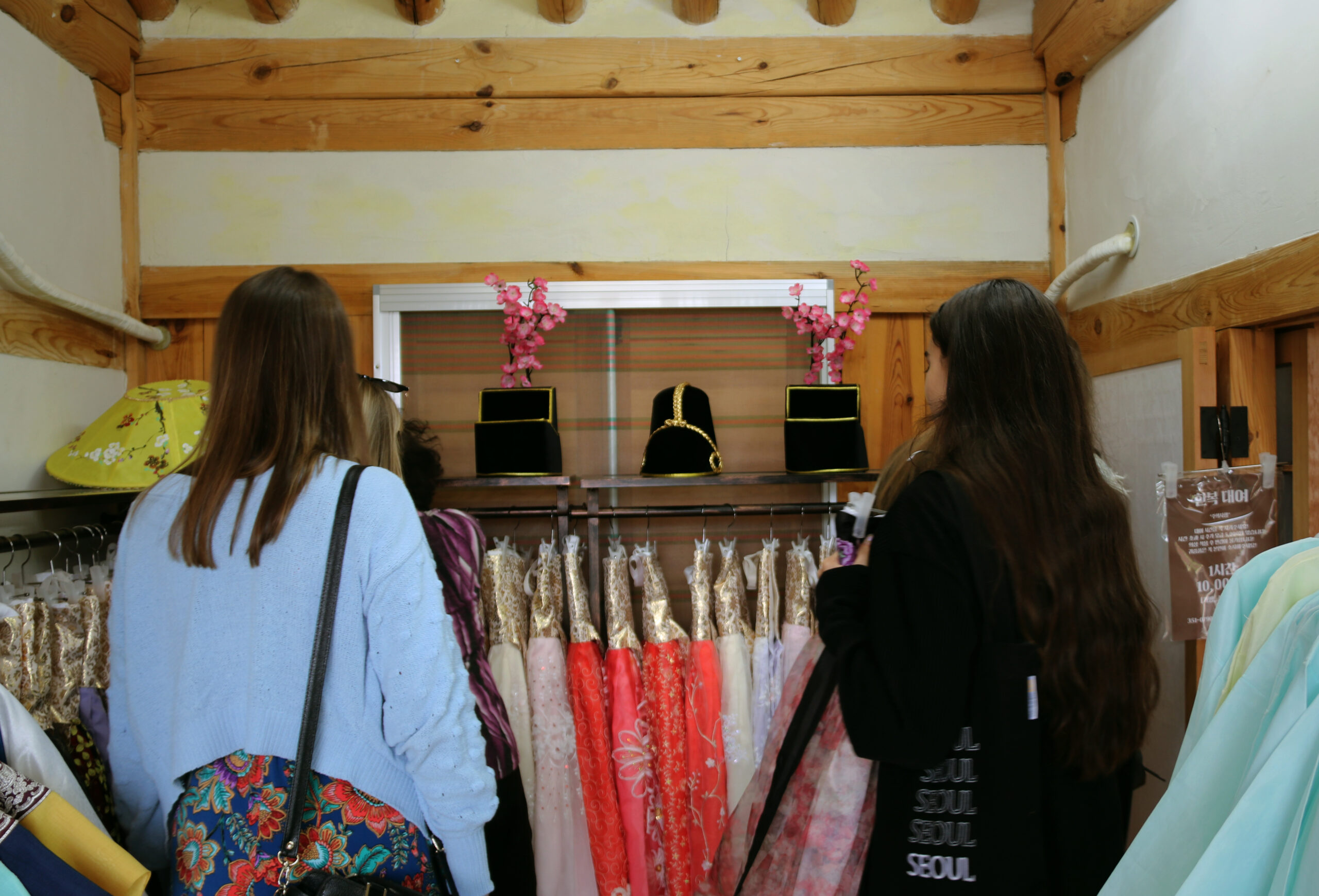
If you’re looking for a glimpse into the traditional Korean way of life, look no further than Hangae Village. Located in Daesan 1(il)-ri, Wolhang-myeon, Seongju-gun, Gyeongsangbuk-do, this historic community has been home to the Seongsan Yi Clan for over 500 years.
The village was established in the 15th century by Yi U, who served as Magistrate of Jinju during the reign of King Sejong of the Joseon Dynasty. Since then, the village has grown into a historic community, with most of the buildings constructed between the late 18th century and the early 19th century.
One of the unique features of Hangae Village is its layout, which reflects traditional feng shui principles. The homes of upper-class residents and commoners are arranged in ways that are unique to the region, adding to the charm and authenticity of the village.
In addition to its historic and cultural significance, Hangae Village also has some unique offerings that make it a must-visit destination. For instance, there’s a hanbok rental shop in the village that offers traditional Korean attire with unique designs that you won’t find in Seoul or other major cities. This is a perfect opportunity to immerse yourself in the local culture and take some memorable photos in traditional Korean dress.
It’s important to note that while some of the homes in Hangae Village are open for visitors to explore, others are still inhabited by local residents. It’s crucial to be respectful of their privacy and maintain a quiet demeanor while wandering through the village
Address: Daesan-ri, Wolhang-myeon, Seongju-gun, Gyeongsangbuk-do
Seongbaksup Forest
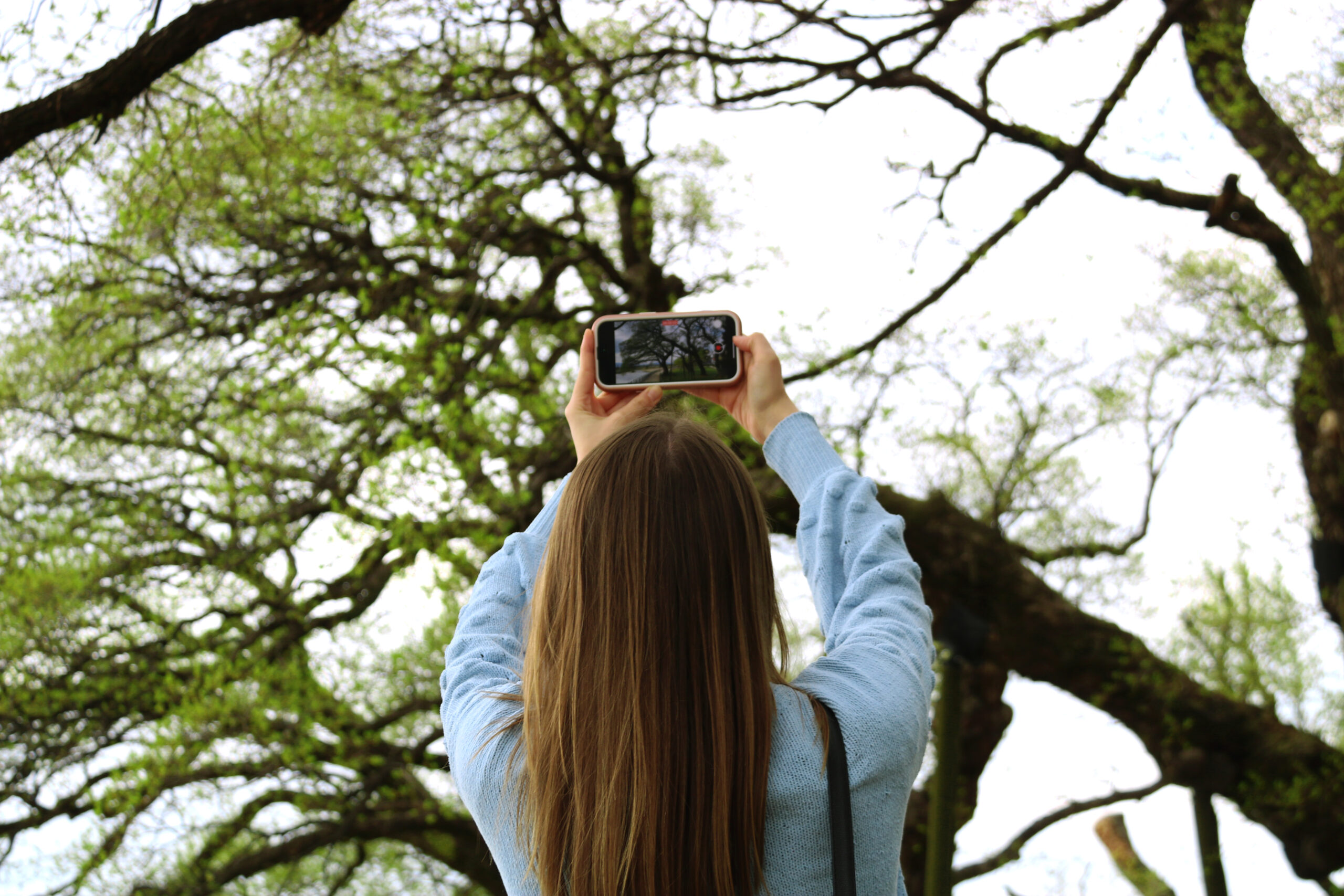
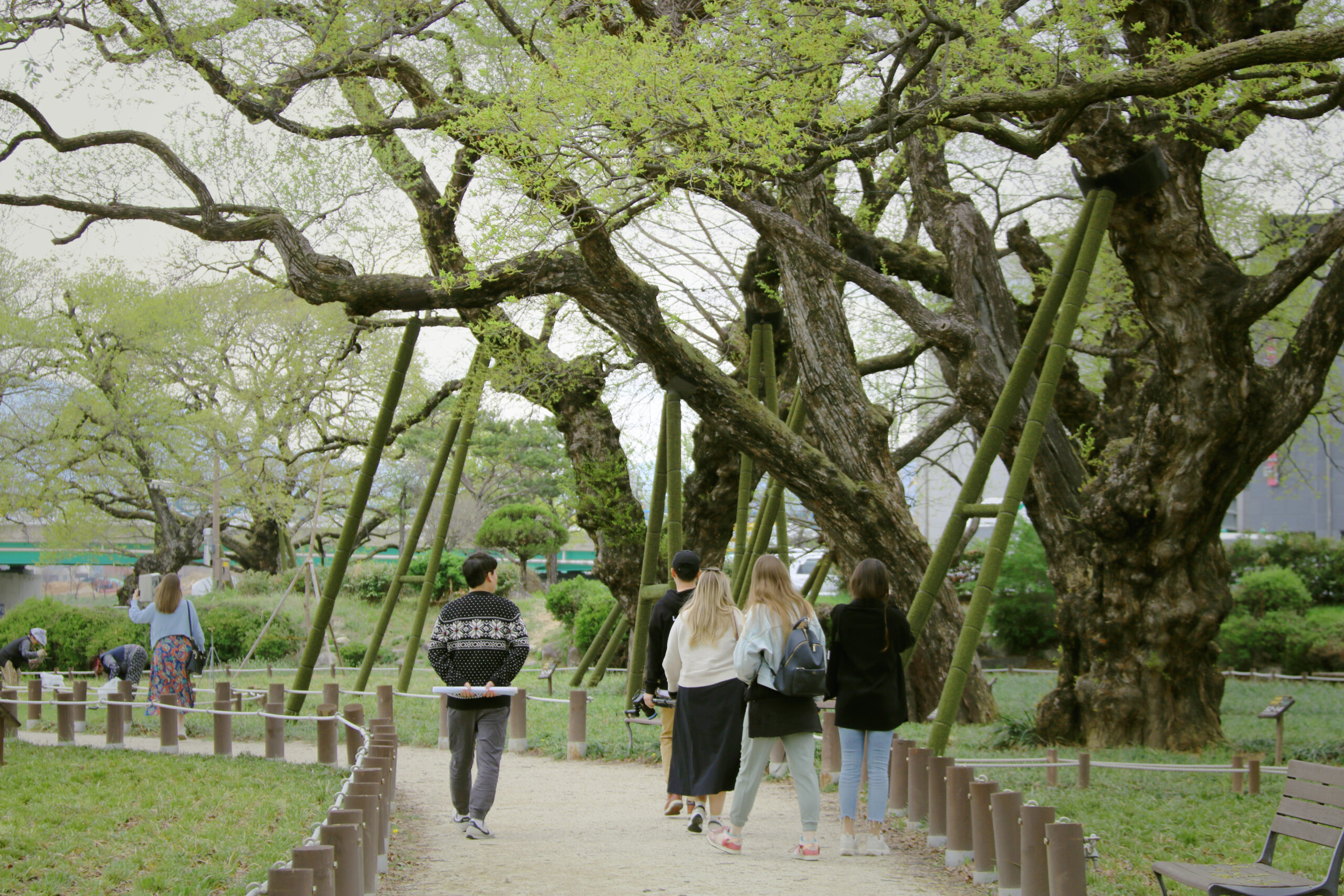
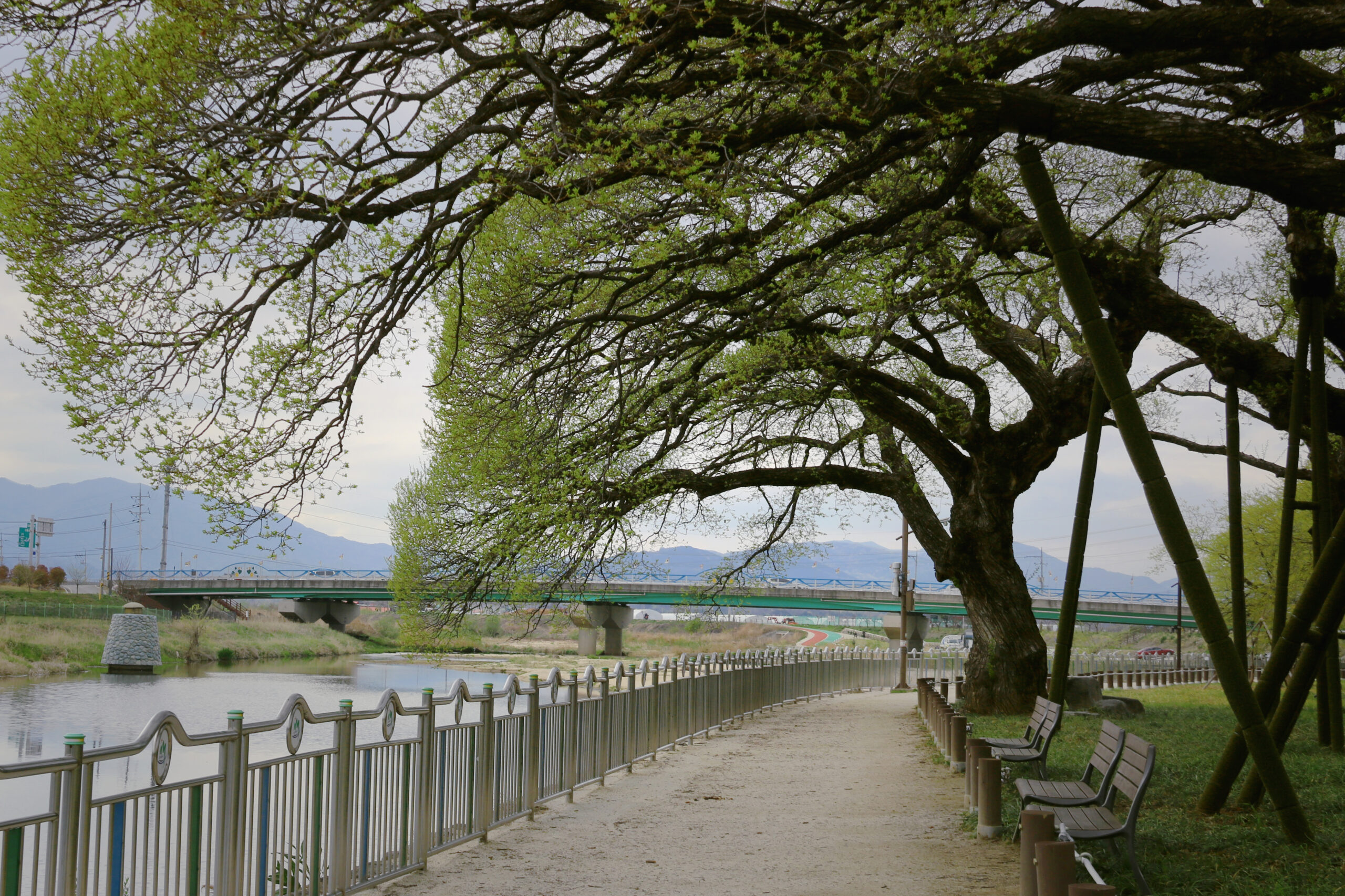
The name “Seongbaksup” means “a forest outside a castle” in Korean, and it’s easy to see why this name was chosen. It is located at the west area outside Seongju Castle, which was built in the middle of the Joseon Dynasty. The forest was created as a solution to a mysterious problem – children living outside the west gate of the castle were dying mysteriously. In order to prevent further tragedy, the forest was ordered to be made according to the principles of feng shui. The forest is a beautiful and tranquil oasis, with tall trees reaching towards the sky and lush greenery everywhere you look.
One of the most remarkable features of Seongbaksup Forest is the 59 Salix glandulosa trees that are about 300-500 years old. These majestic trees have stood the test of time and provide a glimpse into the past of this ancient forest.
Address: 446-1, Gyeongsan-ri, Seongju-eup, Seongju-gun, Gyeongsangbuk-do
Seongju History Theme Park
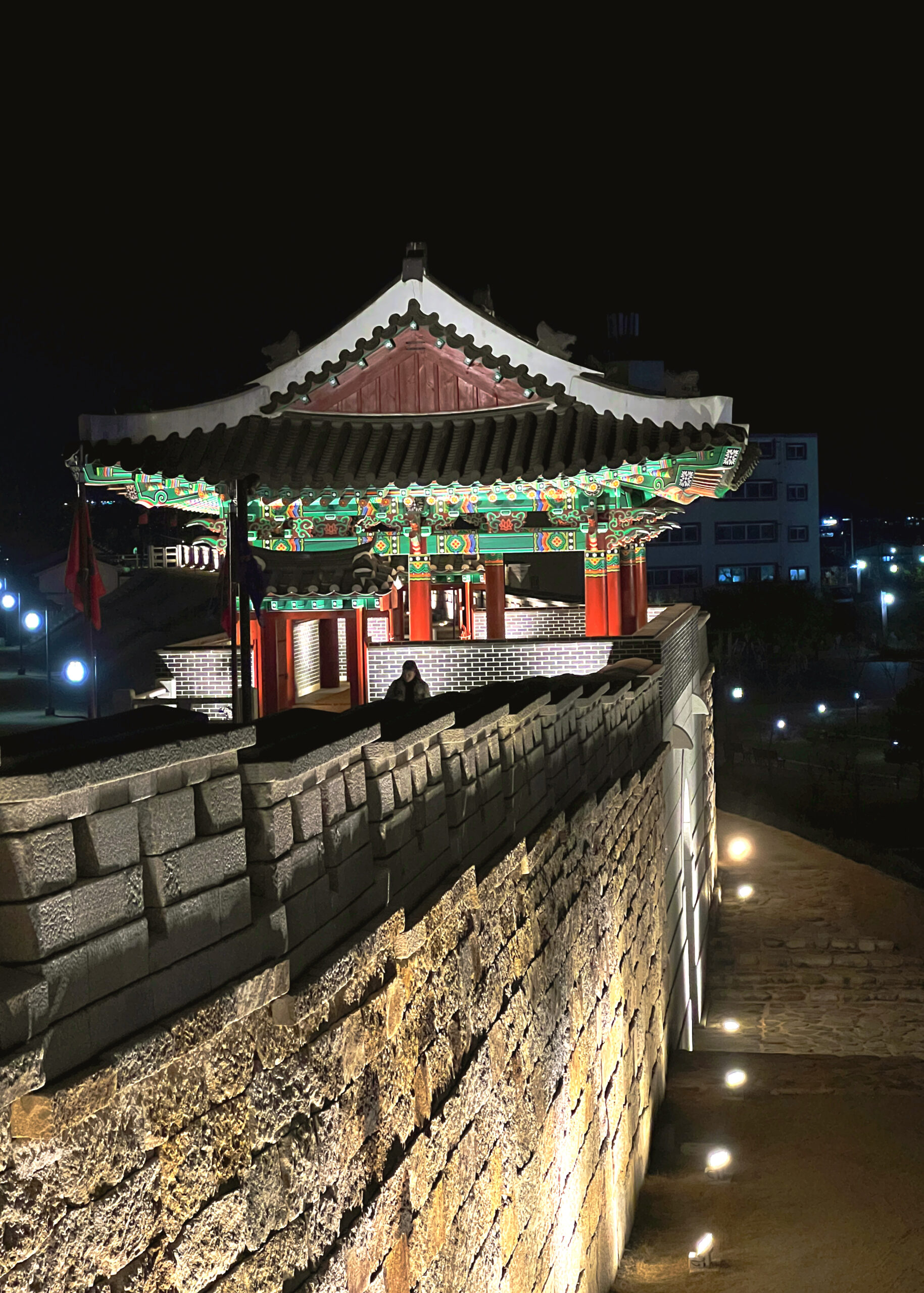
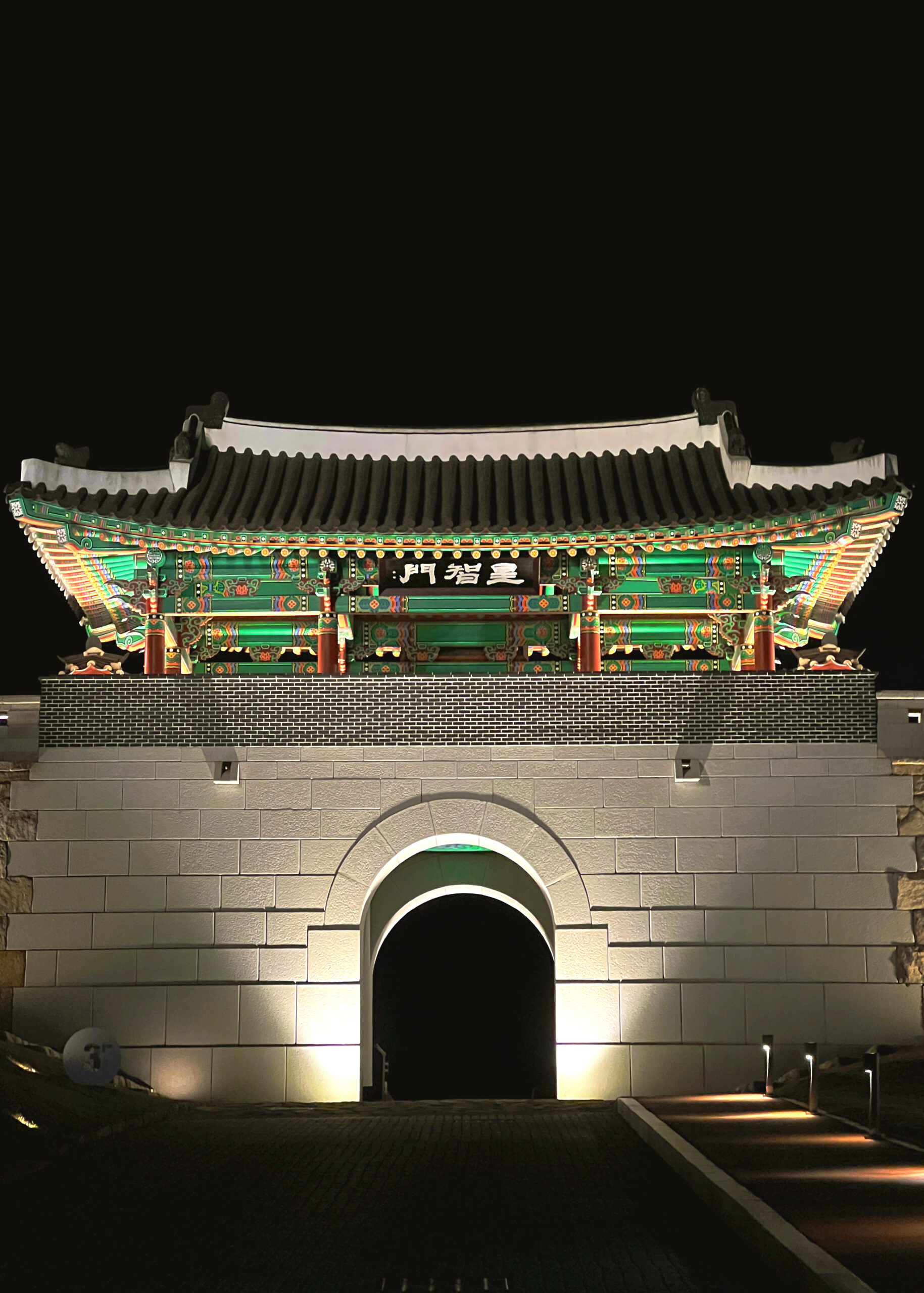
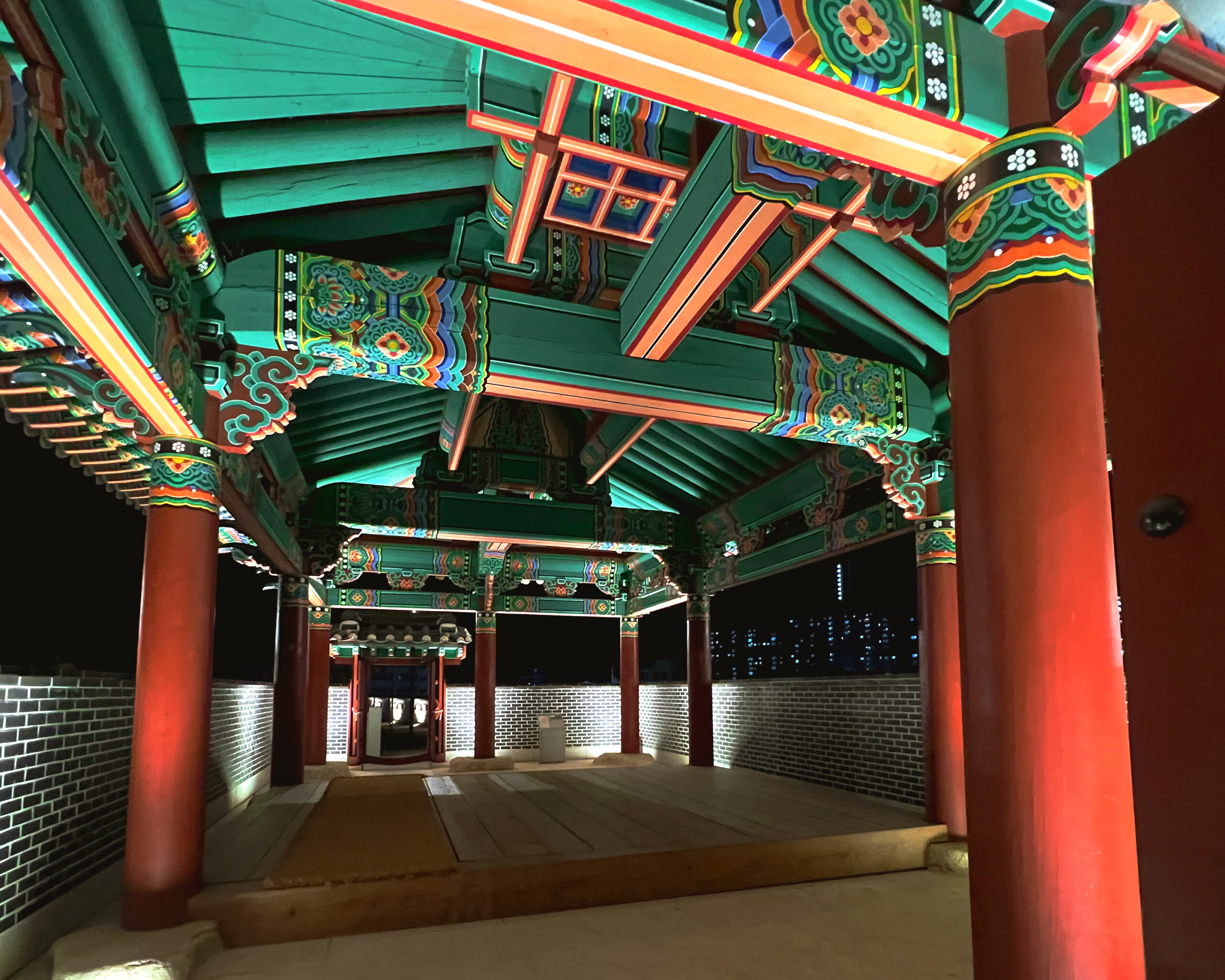
Seongju History Theme Park is a picturesque park that takes visitors on a journey back in time to experience the old-world charm of Seongju. It’s also a popular spot for residents to relax and unwind amidst the lush greenery of the surrounding forest.
Seongjusa Temple, Ssangdojeong Pavilion, and Eupseong Bukmun and fortress are three of the most important historical sites at Seongju Historical Theme Park. Seongjusa Temple is one of the four major archives in the early Joseon Dynasty that kept the Annals of the Joseon Dynasty.
The park’s view is even more spectacular at night, adding to its charm and beauty. It’s a must-visit destination for anyone interested in Korean history and culture, and a great place to spend a day with family or friends.
Address: 516, Yesan-ri, Seongju-eup, Seongju-gun, Gyeongsangbuk-do
Gayasan Mountain
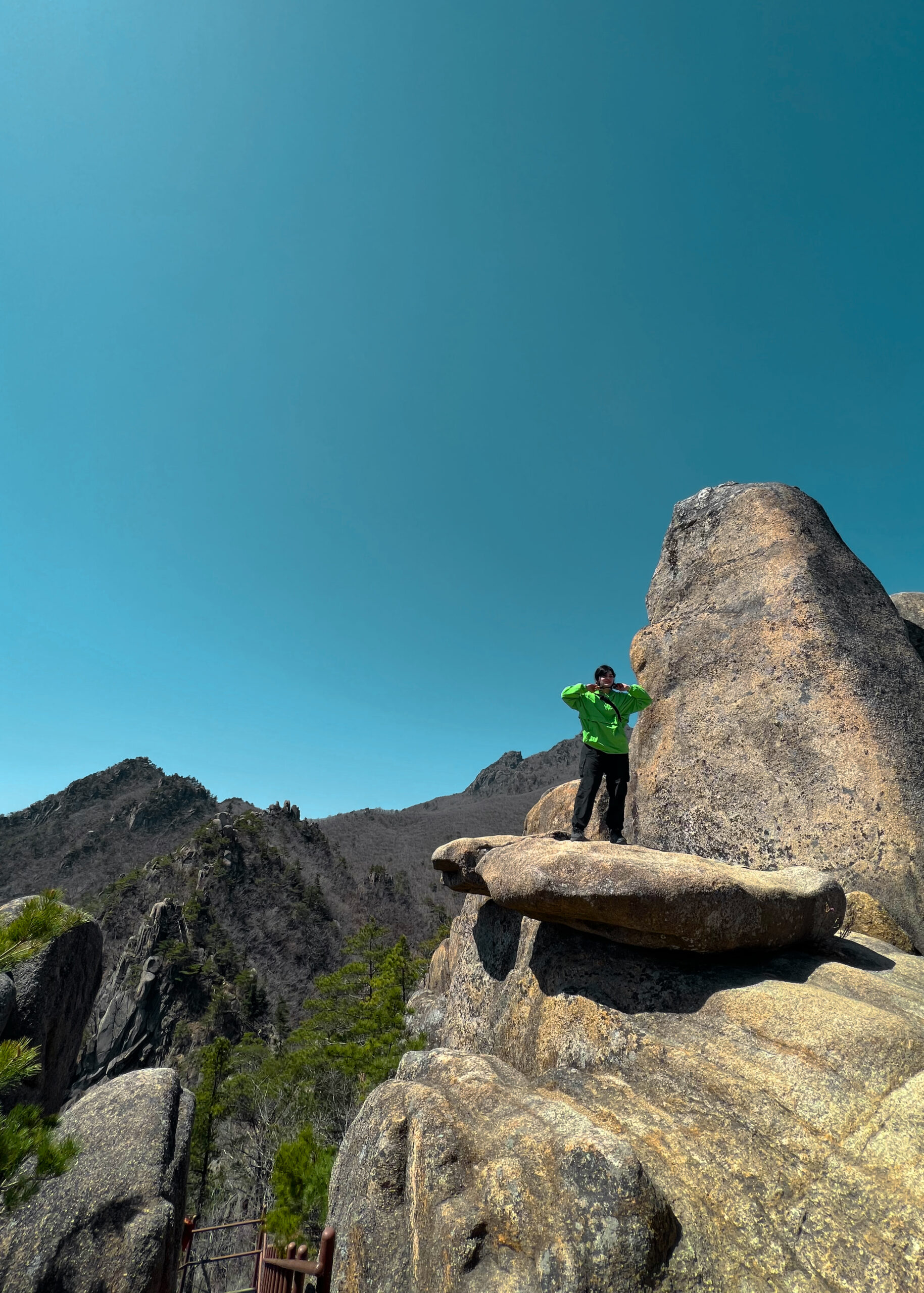
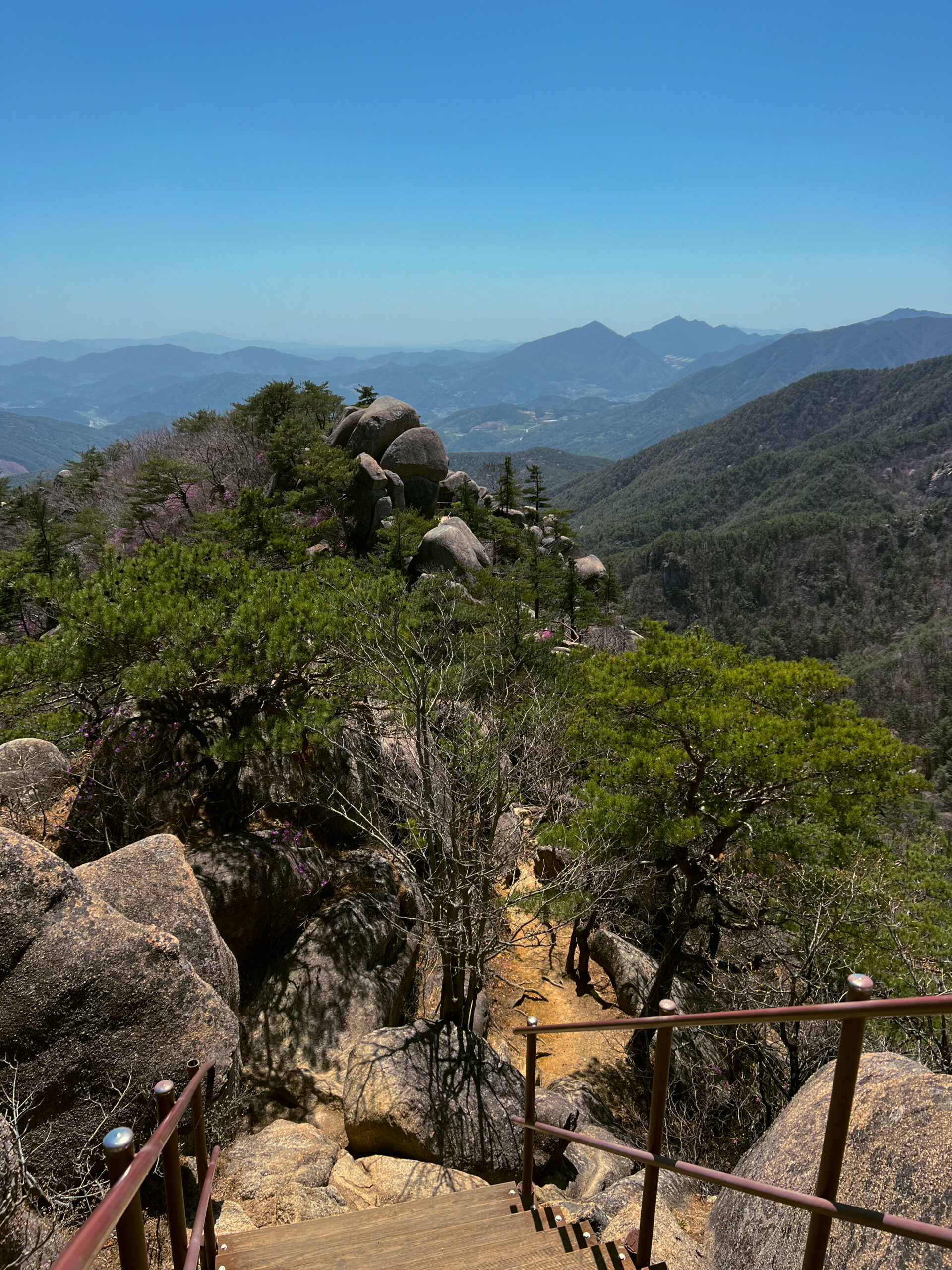
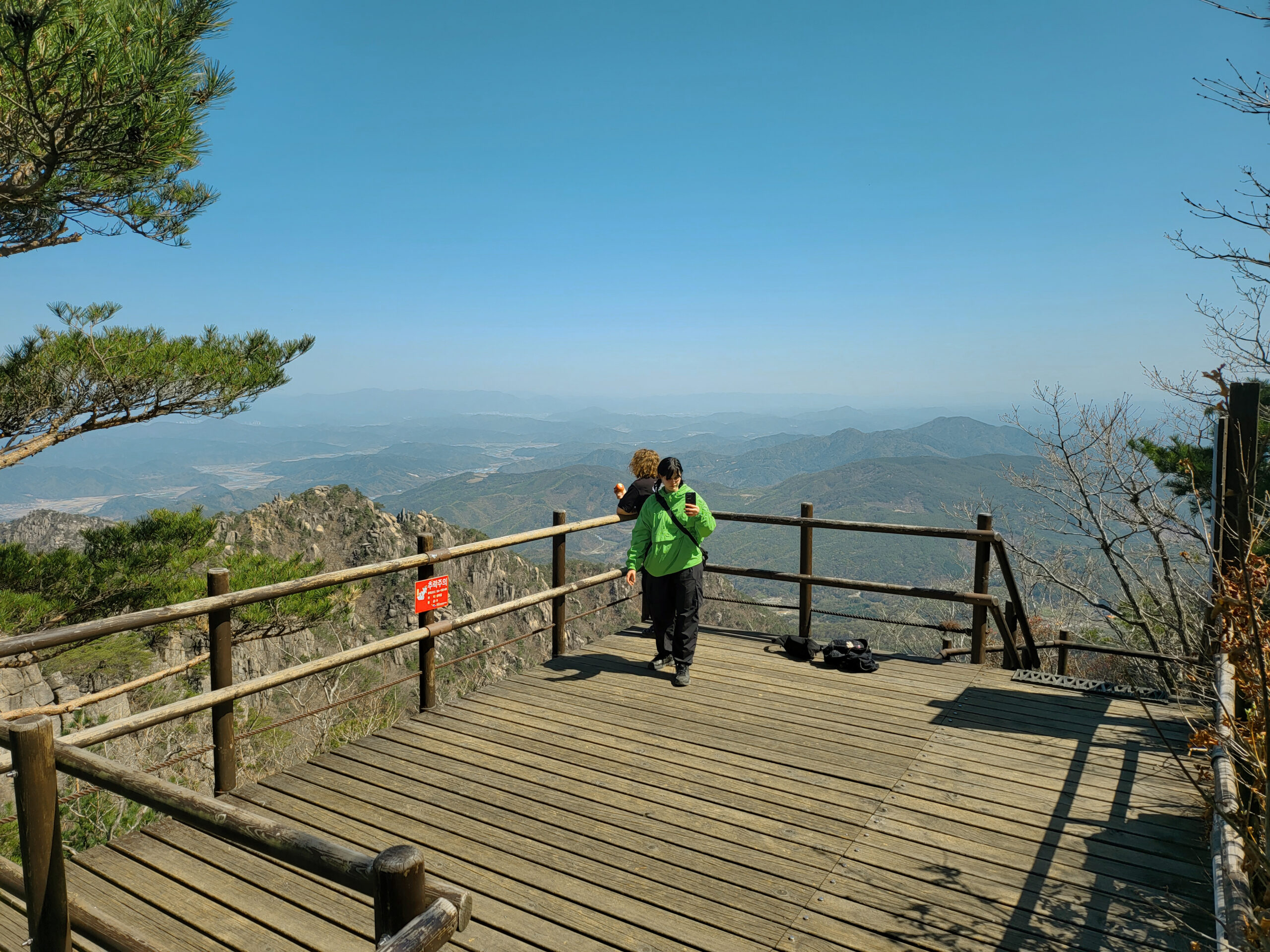
Gayasan mountain is a popular hiking destination in Seongju. With an elevation of 1,433 meters, it is the second highest peak in the province of Gyeongsangbuk-do. This mountain is not only a great spot for hiking, but it’s also an important religious site in Korea. The mountain features numerous temples and shrines scattered throughout the area.
The mountain offers various trekking trails of different difficulties, making it a popular destination for hikers of all skill levels. For those looking for a more leisurely stroll, Gayasan course 2 is a great option. The trail is relatively easy and takes about two hours to complete.
For more experienced hikers, the Manmulsang Peak Trail is a challenging but rewarding option. The trail starts at the base of the mountain and takes about 6-7 hours to complete. Along the way, hikers will pass through dense forests and steep inclines, but the stunning views from the peak make the trek worth the effort.
Address: 1200, Gayasan-ro, Hapcheon-gun, Gyeongsangnam-do
Seongju Lake
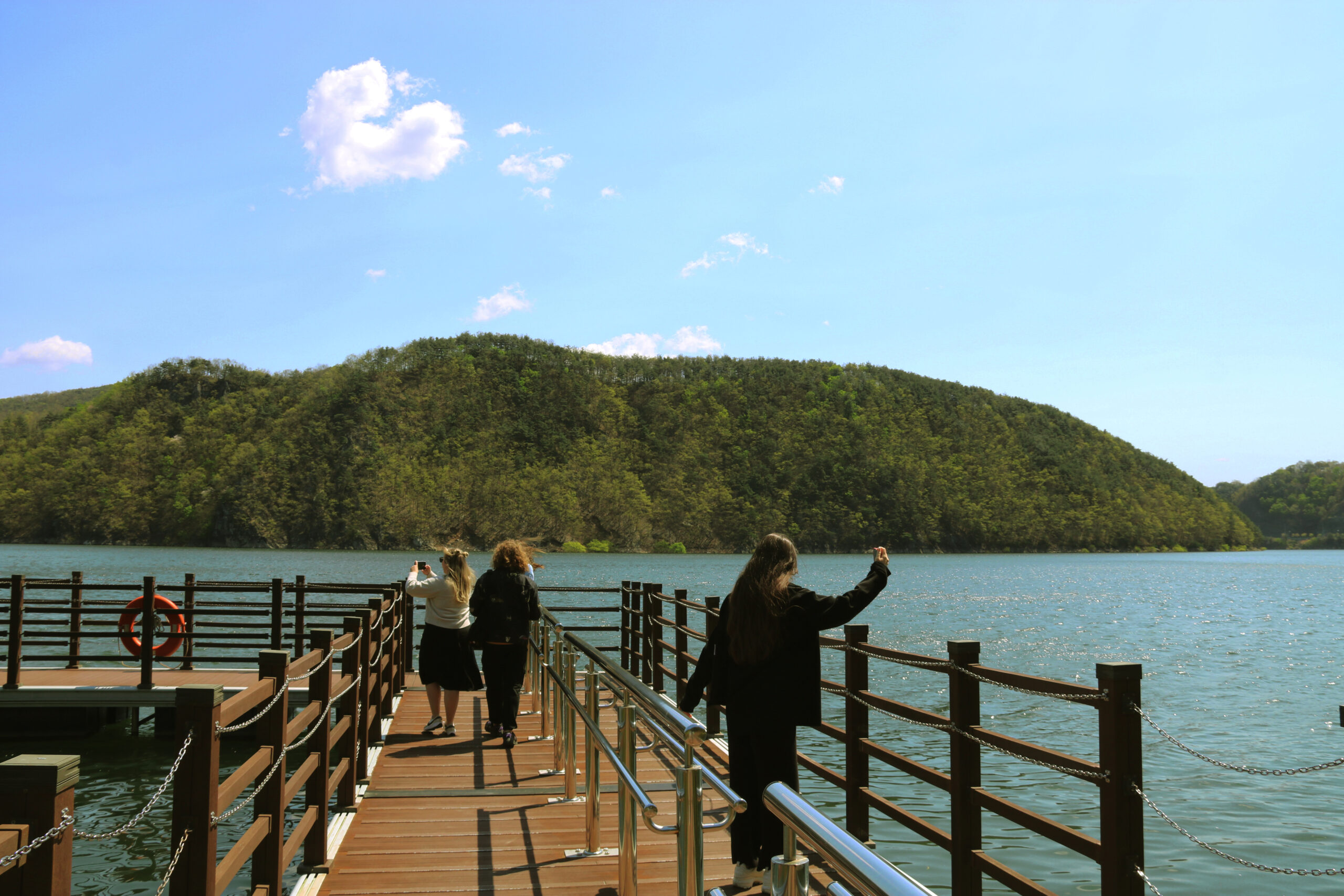
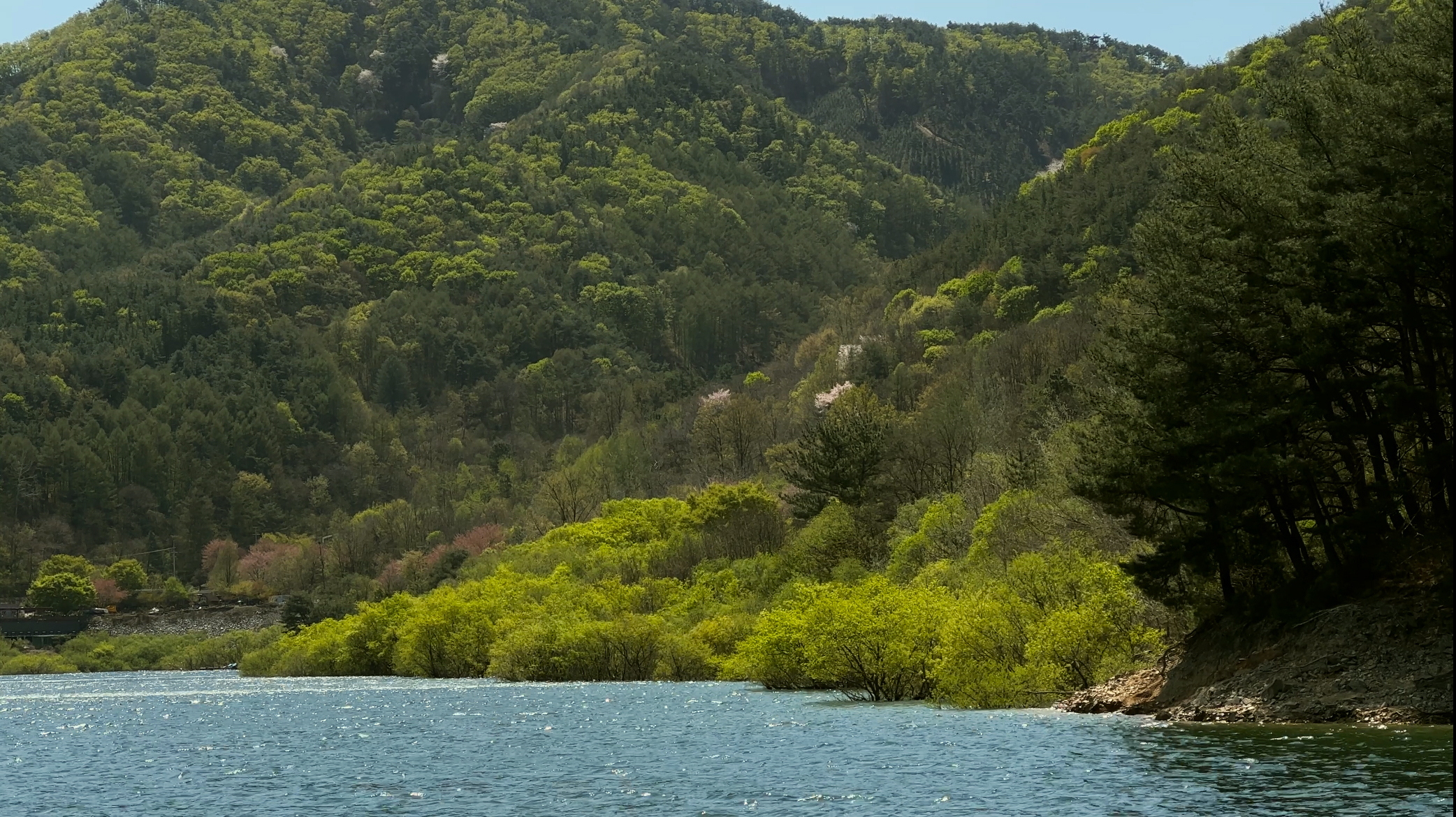
Seongju Lake, located in Bongduri, Geumsu-myeon, is a stunning sight to behold. Completed in 1992, Seongju dam stands 60 meters tall, with an embankment length of 430 meters and an area of 3,530 square kilometers, holding a total storage capacity of 38 million tons of water. It is a primary source of agricultural water supply for Seongju and Goryeong counties.
But Seongju Lake isn’t just a practical necessity, it’s also a feast for the eyes. The seven-kilometer drive around the dam has become a famous drive course, offering breathtaking views of the natural surroundings, harmoniously blending with human engineering.
Address: 116 Sadeorae-gil, Geumsu-myeon, Seongju-gun, Gyeongbuk

